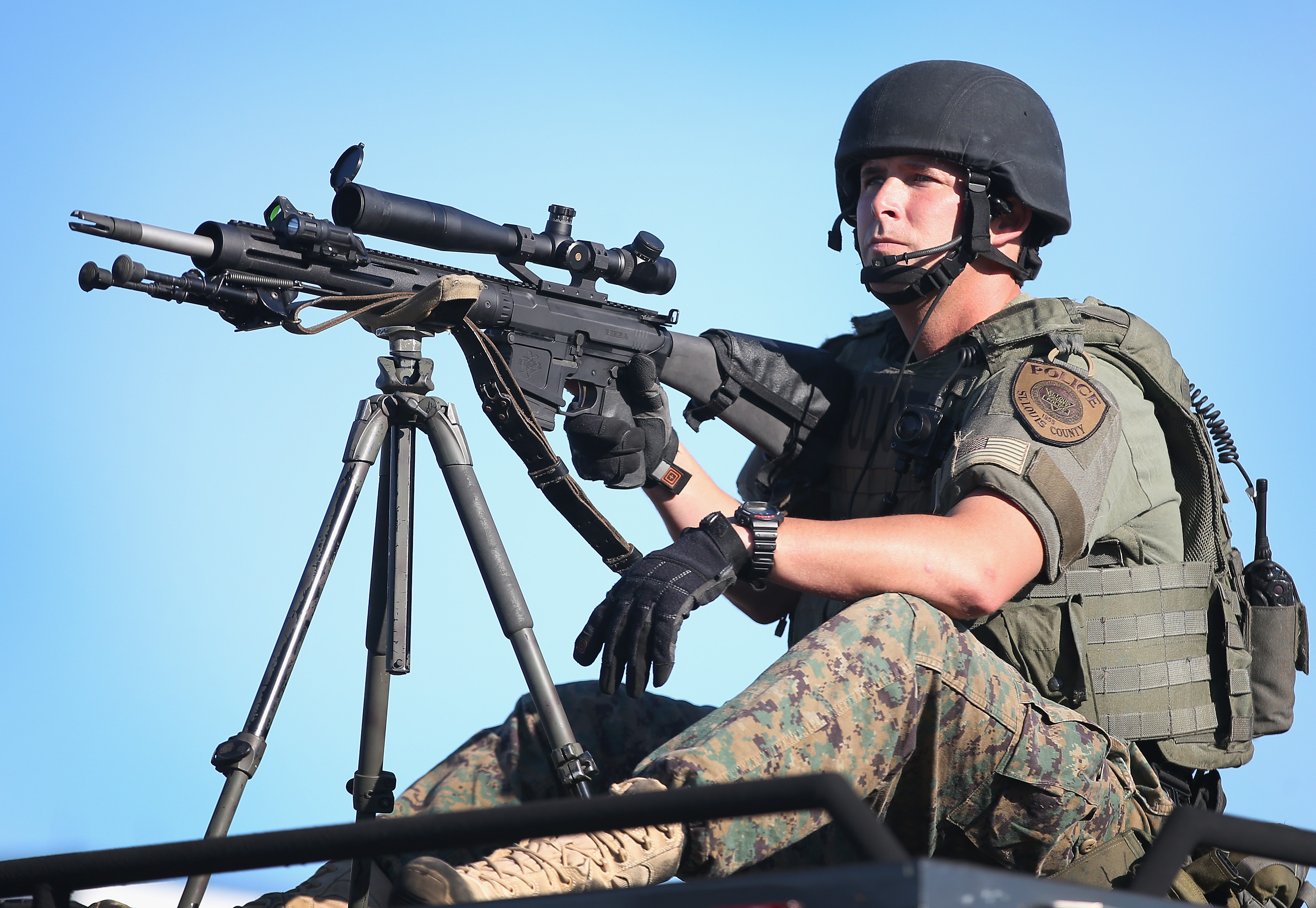
When can police officers use force?
In the 1980s, a pair of Supreme Court decisions — Tennessee vs. Garner and Graham v. Connor — set up a framework for determining when deadly force by cops is reasonable.
Constitutionally, "police officers are allowed to shoot under two circumstances," David Klinger, a University of Missouri-St. Louis professor who studies use of force, told Vox's Dara Lind. The first circumstance is "to protect their life or the life of another innocent party" — what departments call the "defense-of-life" standard. The second circumstance is to prevent a suspect from escaping, but only if the officer has probable cause to think the suspect poses a dangerous threat to others.
The logic behind the second circumstance, Klinger said, comes from a Supreme Court decision called Tennessee vs. Garner. That case involved a pair of police officers who shot a 15-year-old boy as he fled from a burglary. (He'd stolen $10 and a purse from a house.) The court ruled that cops couldn't shoot every felon who tried to escape. But, as Klinger said, "they basically say that the job of a cop is to protect people from violence, and if you've got a violent person who's fleeing, you can shoot them to stop their flight."
The key to both of the legal standards — defense-of-life and fleeing a violent felony — is that it doesn't matter whether there is an actual threat when force is used. Instead, what matters is the officer's "objectively reasonable" belief that there is a threat.
That standard comes from the other Supreme Court case that guides use-of-force decisions: Graham v. Connor. This was a civil lawsuit brought by a man who'd survived his encounter with police officers but who'd been treated roughly, had his face shoved into the hood of a car, and broken his foot — all while he was suffering a diabetic attack. The court didn't rule on whether the officers' treatment of him had been justified, but it did say that the officers couldn't justify their conduct just based on whether their intentions were good. They had to demonstrate that their actions were "objectively reasonable," given the circumstances and compared to what other police officers might do.
And what's "objectively reasonable" changes as the circumstances change. "The moment that you no longer present a threat, I need to stop shooting," Klinger said.
According to the St. Louis County Police Department's account, Darren Wilson fired one shot from inside the police car. But Michael Brown was reportedly killed 150 feet away, after several shots had been fired. To justify the shooting, Wilson would need to demonstrate that he feared for his life not just when Brown was by the car, but even after he started shooting. The officer would need to establish that, right up until the last shot was fired, he felt Brown continued to pose a threat to him whether he actually was or not.
"One can't just say, 'Because I could use deadly force ten seconds ago, that means I can use deadly force again now,'" Walter Katz, a California attorney who specializes in oversight of law enforcement agencies, said.
In general, officers are given lot of legal latitude to use force without fear of punishment. The intention behind these legal standards is to give police officers leeway to make split-second decisions to protect themselves and bystanders. And although critics argue that these legal standards give law enforcement a license to kill innocent or unarmed people, police officers say they are essential to their safety.
For some critics, the question isn't what's legally justified but rather what's preventable. "We have to get beyond what is legal and start focusing on what is preventable. Most are preventable," Ronald Davis, a former police chief who heads the US Department of Justice's Office of Community Oriented Policing Services, told the Washington Post. Police "need to stop chasing down suspects, hopping fences, and landing on top of someone with a gun," he added. "When they do that, they have no choice but to shoot."

Protesters in Ferguson, Missouri. (Scott Olson/Getty Images)
No comments:
Post a Comment